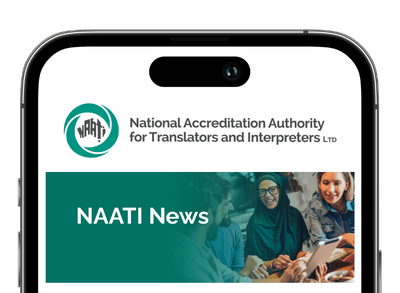Case Study: Auslan Interpreting in the Deaf Muslim Community
Rebecca Cramp – NAATI-Certified Interpreter in Auslan and English
For me, language access has always been important. I had a Deaf cousin, my family fingerspelled and used basic signs, and I had a passion for inclusion.
At the age of 4, I apparently announced to my mother that I was going to be an interpreter “when I grew up”. So I threw myself into learning Auslan and Signed English, went to every interpreted performance and Deaf gathering I could find and in 2001 I completed the Diploma of Interpreting (Auslan-English). In 2002 I became a NAATI Paraprofessional Auslan-English interpreter and that 4-year-old girl’s prediction came true.
My early career was mostly spent working with Deafblind people (a dual-sensory loss of both sight and sound) who communicate in Tactile Auslan or Tactile Fingerspelling. I also worked with Deaf people in community settings, for TAFE, health care, and employment, but my favourite early career setting was the Deaf school at North Rocks where I was privileged to work with Deaf children and teachers in an Auslan-English bilingual immersive environment.
I gained my Professional Auslan-English NAATI accreditation in 2005, thanks to some mentorship and encouragement from the principal at the school at the time. In the forefront of my mind was always equity, access and holding space for the communities I worked with.
Since then, I have been lucky enough to work in so many exciting spaces, too many to list. For example: I have worked with Deaf professionals as a designated interpreter. I have been blessed to interpret for women giving birth, and for the loved ones of folks who are taking their last breaths. I have interpreted media briefings, even while my own family home was being threatened by fire. Also, I have had the good fortune to be on interpreting teams at international conferences several times.
Recently, I have been working in an exciting space: working with Deaf Muslims in religious settings such as mosques, Islamic centres and jurisprudence classes. This interpreting context comes with several challenges: I am not Muslim, so I have had to learn about the religion, I did not speak Arabic (and even now my Arabic fluency is still far from fluent) which meant the constant code-switching between English and Arabic in the source text was something to overcome. After support from the Deaf Muslim community and two of Sydney’s mosques, we now have a fledgling team of four interpreters working in this domain, in a trilingual setting.
Because Deaf Muslims hadn’t had access to religious teachings, there wasn’t any developed vocabulary for the terms we needed to use in our interpreting. So, we have worked together with the community to develop new vocabulary, borrowing some signs from overseas languages where appropriate. This emerging community in Australia has Deaf people from at least 11 different countries and it is an honour to work with them as part of the small team of practitioners interpreting on a weekly basis in this space.
I have been honoured to be present in so many moments of people’s lives as their interpreter; literally from cradle to grave. Providing communication access is such a privilege. With a Master of Translating and Interpreting under my belt, this year I embarked on the toughest piece of work yet. In order to give back to the community I work with, and those who invested in me so I could become a better interpreter, I recently completed a Master of Research investigating the Auslan rendering of the code-switching that occurs in the Islamic religious settings we work in. Soon I will make recommendations on how these findings can apply to other trilingual interpreting settings interpreters find themselves in.

